I’ve anticipated reviewing few shoes as much as the Nike Pegasus Plus. The Pegasus Plus is the successor (five years later) to one of the most beloved running shoes ever, the Nike Pegasus Turbo 2. The Pegasus Turbo 2 featured a light, responsive combo of ZoomX and React that was perfect for speed days.
But the Pegasus Turbo 2’s specs just don’t match up well to today’s best running shoes. Thus proving that, once again, nostalgia is a powerful drug. The running community holds the Pegasus Turbo 2 at a much higher level than it should. It’s 22mm heel and 12mm forefoot were enough in 2019 but are now below anything in Nike’s current lineup. It was a very good shoe for its time.
But we’re in a much different era now. Thus the Nike Pegasus Plus presents a tough needle for Nike to thread. The Nike design team needed to create something that harnessed the look and feel of the Pegasus Turbo line while at the same time modernizing it. That’s a tough ask of a Nike running division that’s struggling to keep pace with industry rivals.
Lots of runners are rooting for them to be successful because of how much they loved the first two Pegasus Turbo models. Did Nike do something special and make the Nike Pegasus Plus into a new classic? Let’s find out.
Nike Pegasus Plus
Release Date: August 8, 2024
Price: $180
Weight: Men’s 8.6 oz., Women’s 7.2 oz.
Drop: 10mm
Sizing: True to size
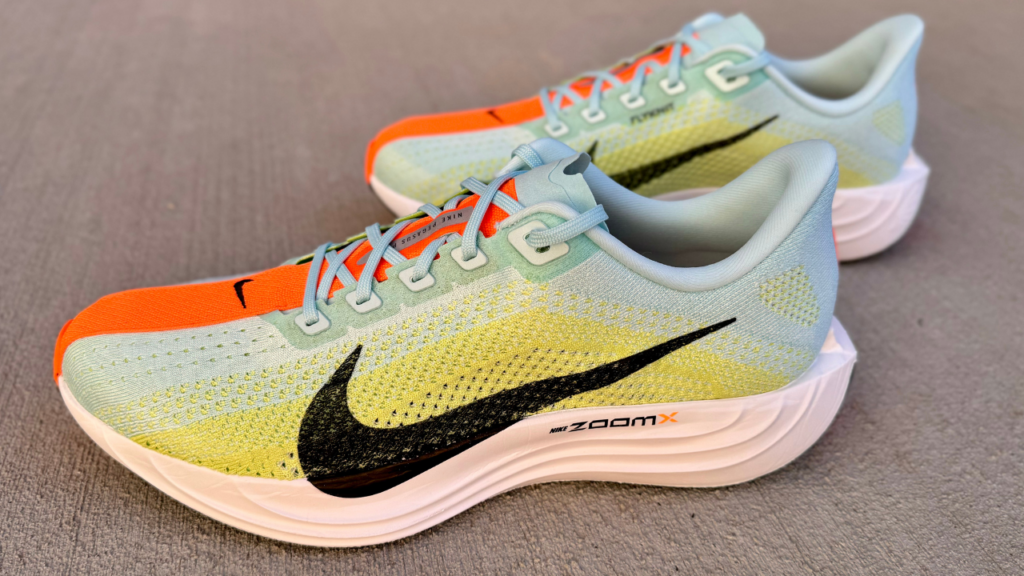
Performance
First, let’s talk about aesthetics. The Nike Pegasus Plus looks darn good. It’s like shooting nostalgia directly into my veins. It looks like an updated, upgraded Pegasus Turbo. Nike is even using some of the original colorways. Just a fantastic all around job by the design team. The Nike Pegasus Plus looks the part.
But there are some oddities in the design. It strangely says “Nike Pegasus Plus” on the tongue and “Pegasus Turbo” on the outsole. To me, that likely means someone at Nike decided to change the name from the rumored Pegasus Turbo 3 after the tooling (the molds of the combined outsole and midsole) was locked into production. Because tooling is expensive and requires a long production timeline, not changing the “Pegasus Turbo” on the outsole likely saved Nike money and time.
And while it could be seen as a callback to the original series, it’s just odd to see the inconsistency. It doesn’t affect performance but it does distract from an otherwise beautiful shoe.
However, I couldn’t see the outsole when I slipped my foot into the Pegasus Plus and started running and was able to forget about the mismatched verbiage. Unfortunately, I immediately started fixating on the stiff upper. Yes, the Nike Pegasus Plus has an engineered Flyknit upper, but it starts out crispy…especially on the top of the shoe along the corridor of the racing stripe.
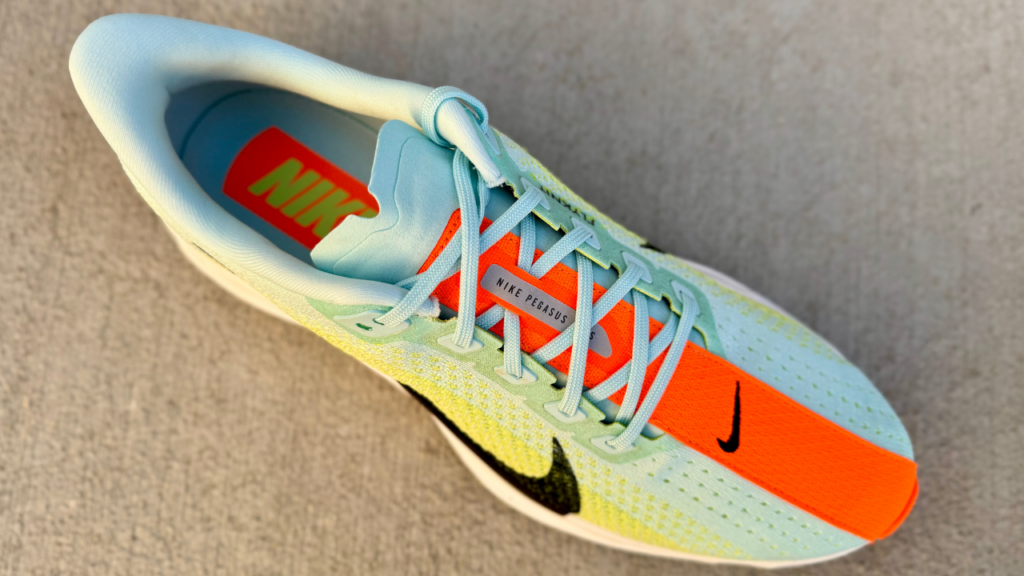
Luckily, the upper broke in nicely after about 12-15 miles. It’s weird to have a break in period on a Flyknit shoe but at least it happened fairly quick. Though I’ll note that the tongue and its racing stripe are still pretty stiff after 40ish miles and a lot of casual wear. The worst spot is the at the base of the tongue where the upper, TPU lace overlay, and racing strip all come together. It didn’t cause me a hotspot but it has the making of an area that could very easily tear up the top of foot near the base of the toes. Take note if that can be a problem area for your feet.
Even before the break in period ended, running in the Nike Pegasus Plus was fun, but in a different way than I expected. It’s bouncy and responsive but there’s none of the plush feeling that most shoes with ZoomX provide. Not even a top layer of softness a la the Pegasus Turbo or Pegasus Turbo 2.
It’s odd to look down at the shoe’s midsole and see ZoomX in big letters but not get that signature squish. A stack height of 25mm of ZoomX in the forefoot and 35mm in the heel would typically deliver a nice plush feel. So either Nike firmed up the durometer of the ZoomX formula (unlikely) or used a carrier foam like SR-02 to cage the ZoomX and improve durability. We’ve all seen chunks of ZoomX get ripped off the side of a Vaporfly and I think the aim here was to prevent that from happening. Unfortunately, and we see this a lot with carrier foams, it zapped most of the fun out of the ZoomX.
This likely could have been solved with either a lower drop and more foam up front or opening up some windows in sides of the carrier foam to allow for more foam expansion. But those countermeasures were nowhere to be found on the Pegasus Plus and the firmness persisted throughout my test period.
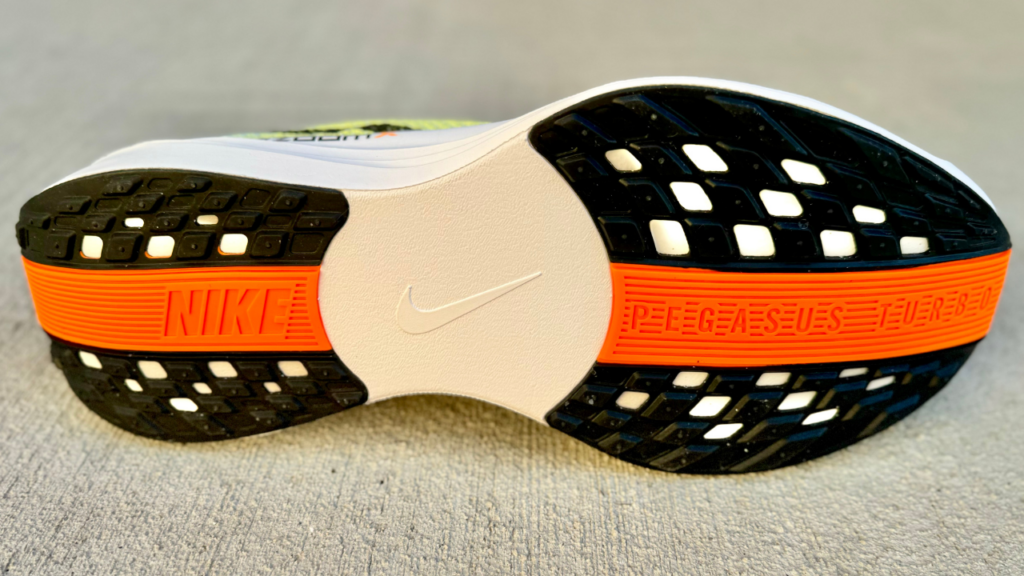
Pros
- Aesthetics – this is a good looking shoe
- Bouncy and responsive
- Grippy outsole
- Can I say good looks again? Because this shoe looks great.
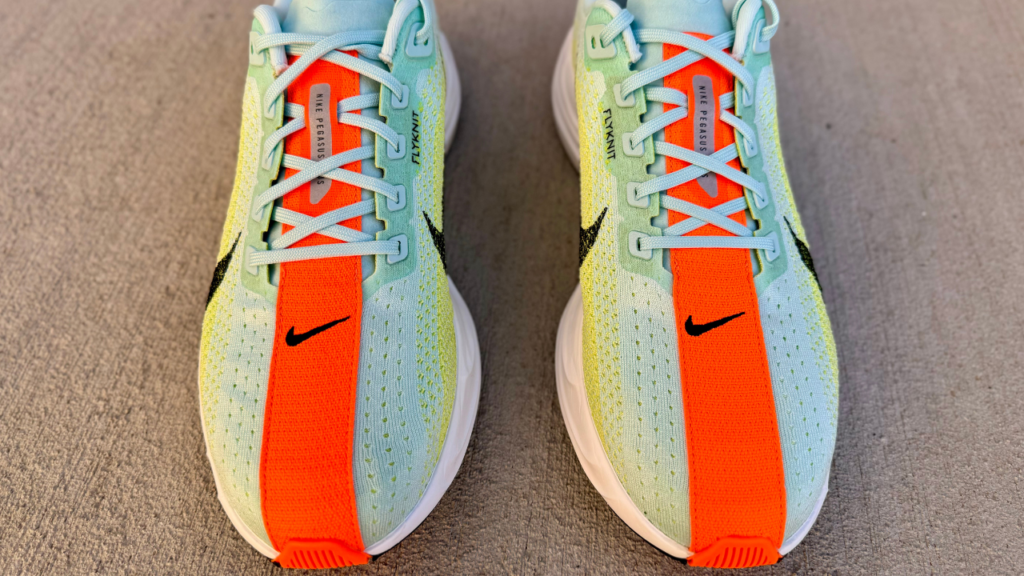
Cons
- Firm underfoot feel
- Upper break in time
- Narrow fit
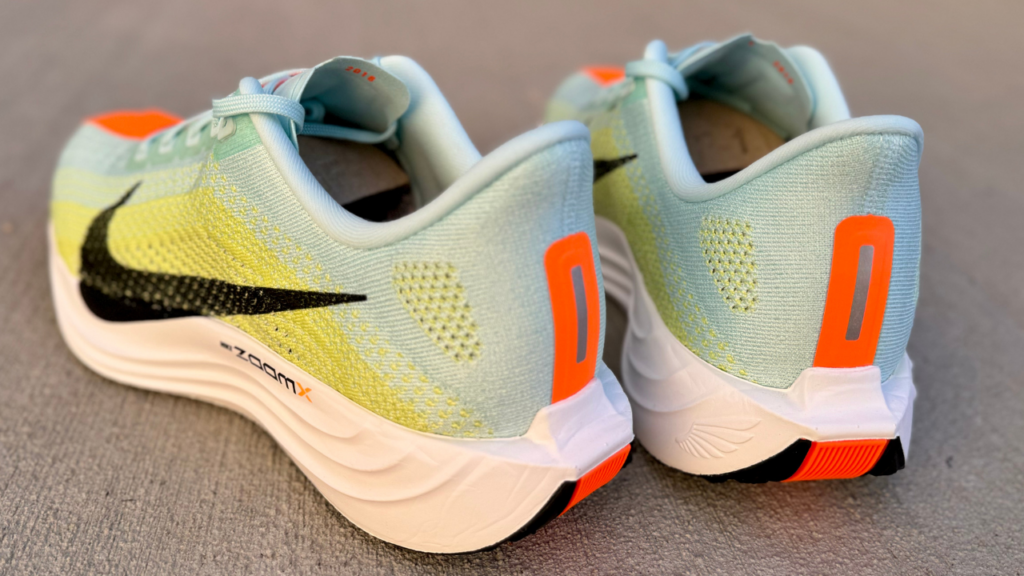
Is the Nike Pegasus Plus wide foot friendly?
Did you really think you were going to get a Nike that worked well for wide footers? If you’re a long time wide footer, you likely know better than to hope for that.
The Nike Pegasus Plus fits true to size but has a toebox that narrows precipitously. If you like room to wiggle your toes, this is not the shoe you’re looking for. And while the midfoot and heel are more accommodating than the forefoot, this is still a shoe that wide footers will want to avoid. Think typical Nike fit without a ton of room in the toebox.
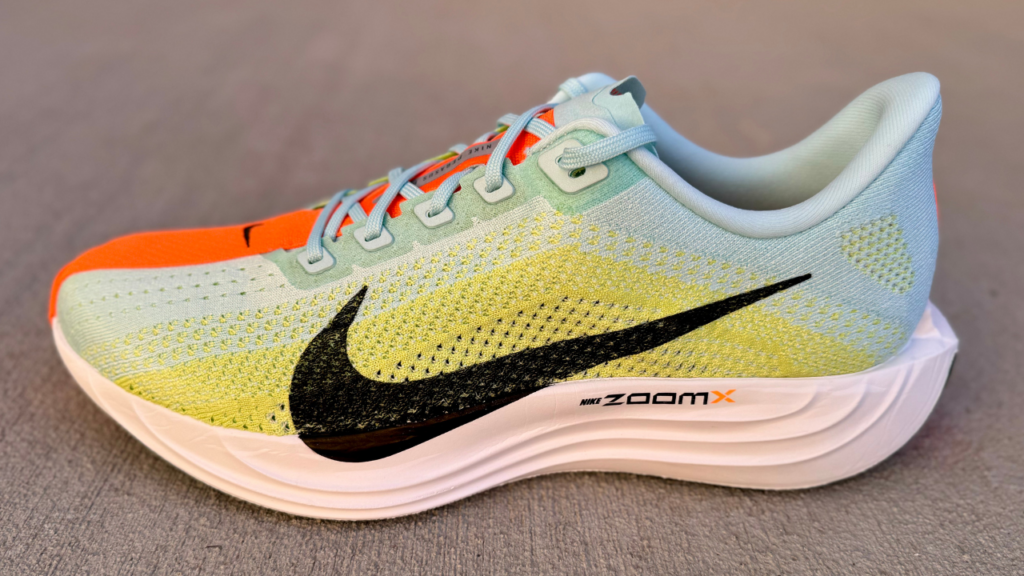
Is the Nike Pegasus Plus worth $180?
No. While it looks hella good, the Nike Pegasus Plus is outperformed by a phalanx of shoes that can be found on our best running shoes list. The Pegasus Plus would fit nicely in the $140-160 range. $180 is basically paying a tax for both the Swoosh and the Pegasus Turbo heritage. While it’s a perfectly serviceable shoe, $180 is too much.
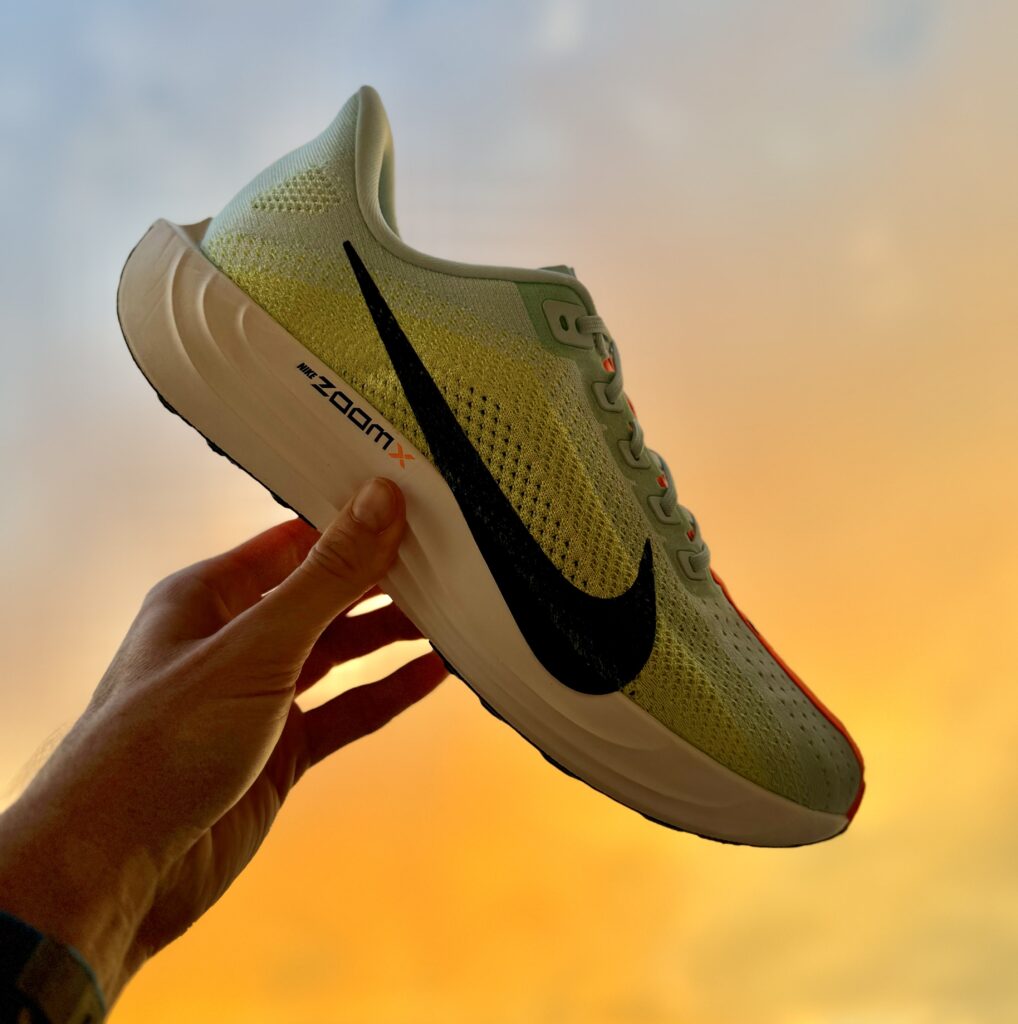
Nike Pegasus Plus Summary
My nostalgia keeps telling me I should love the Nike Pegasus Plus. I do love the looks, and I will rock them casually (a lot). But I doubt I’ll ever run in them again now that the test period is over.
Once the upper’s break in period ends, it’s comfortable. But the firm-ish midsole that’s light on squish is just a mediocre experience. The Nike Pegasus Plus is slightly above average, but it could have been so much more. While that’s disappointing, I hope Nike goes back to work and tweaks this formula to make something great.
How does the Author Run?
Drew Whitcomb (age 42, 6’6″ 195lbs): Runs daily with a once a week rest day. Runs a lot of miles due to testing needs and a growing affinity for long-distance races. Regularly competes in marathons, half-marathons, 10k, and 5k races.
Disclosure
While Nike did send a pair of the Nike Pegasus Plus to facilitate this review, the company had no involvement in this review, didn’t receive an advance look at it, and has not attempted to influence it.

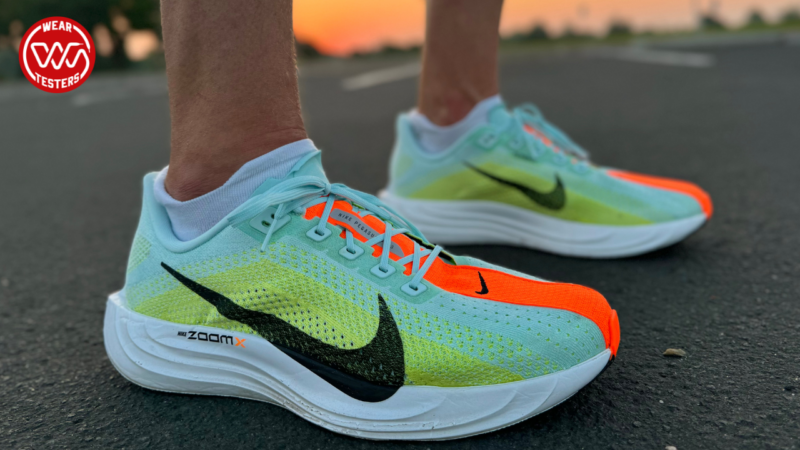
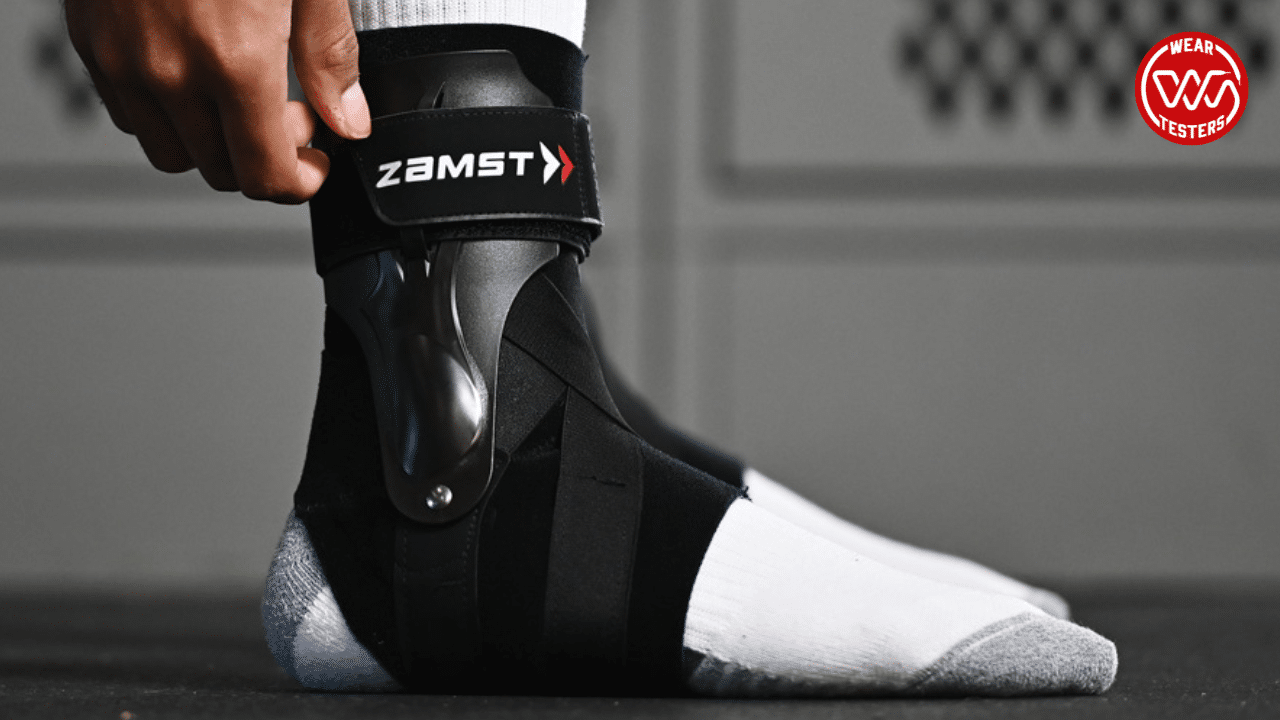
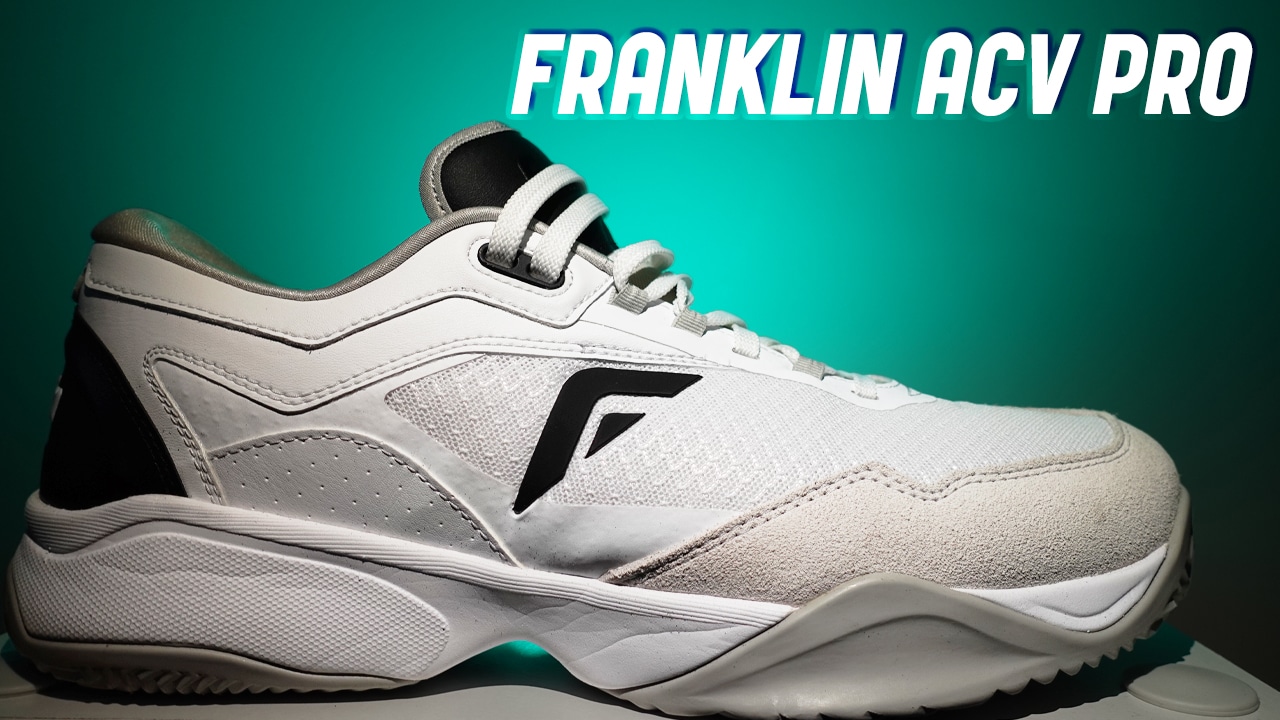
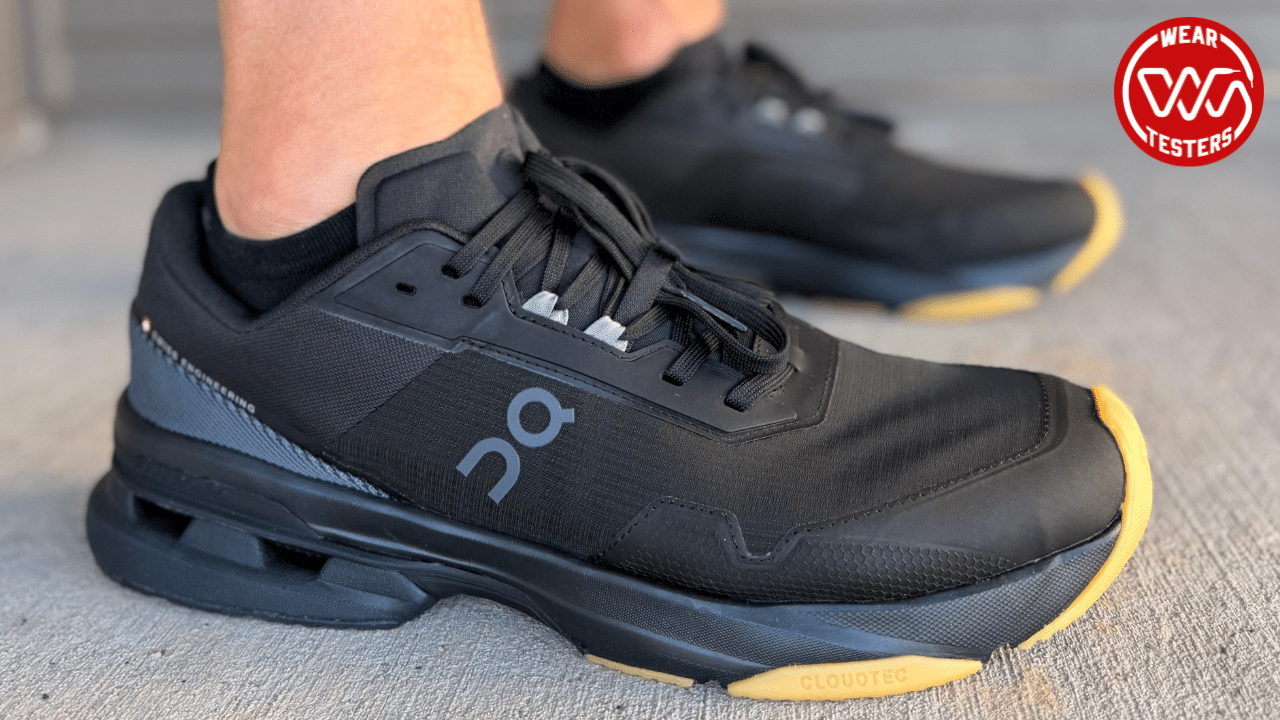
Hey Drew! I think if you went into this review knowing that that all the Pegasus (41- Premium) are supposed to be Responsive and on the firmer side. You’d appreciate them more!
Squishy Zoom X feel will be regulated to the Vomeros according to SagasuRunning.
It didn’t need a huge Vaporfly or Alphafly squish, just something that made me feel like it was ZoomX underfoot. If that’s not there, it’s not worth the price. Honestly, the 41 feels squishier underfoot.